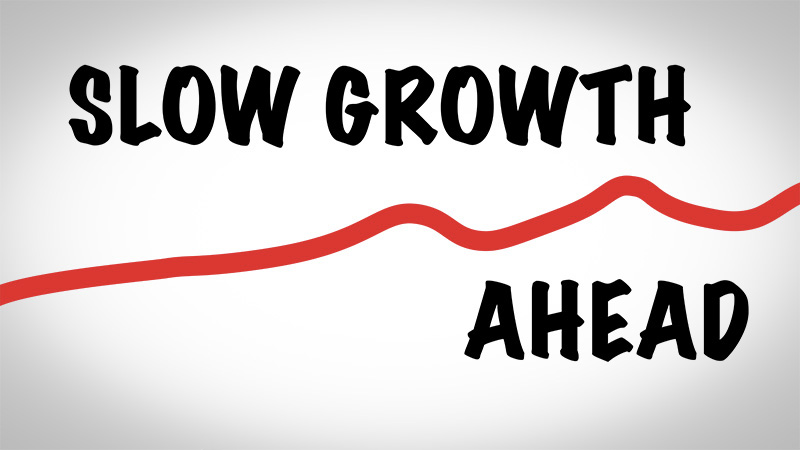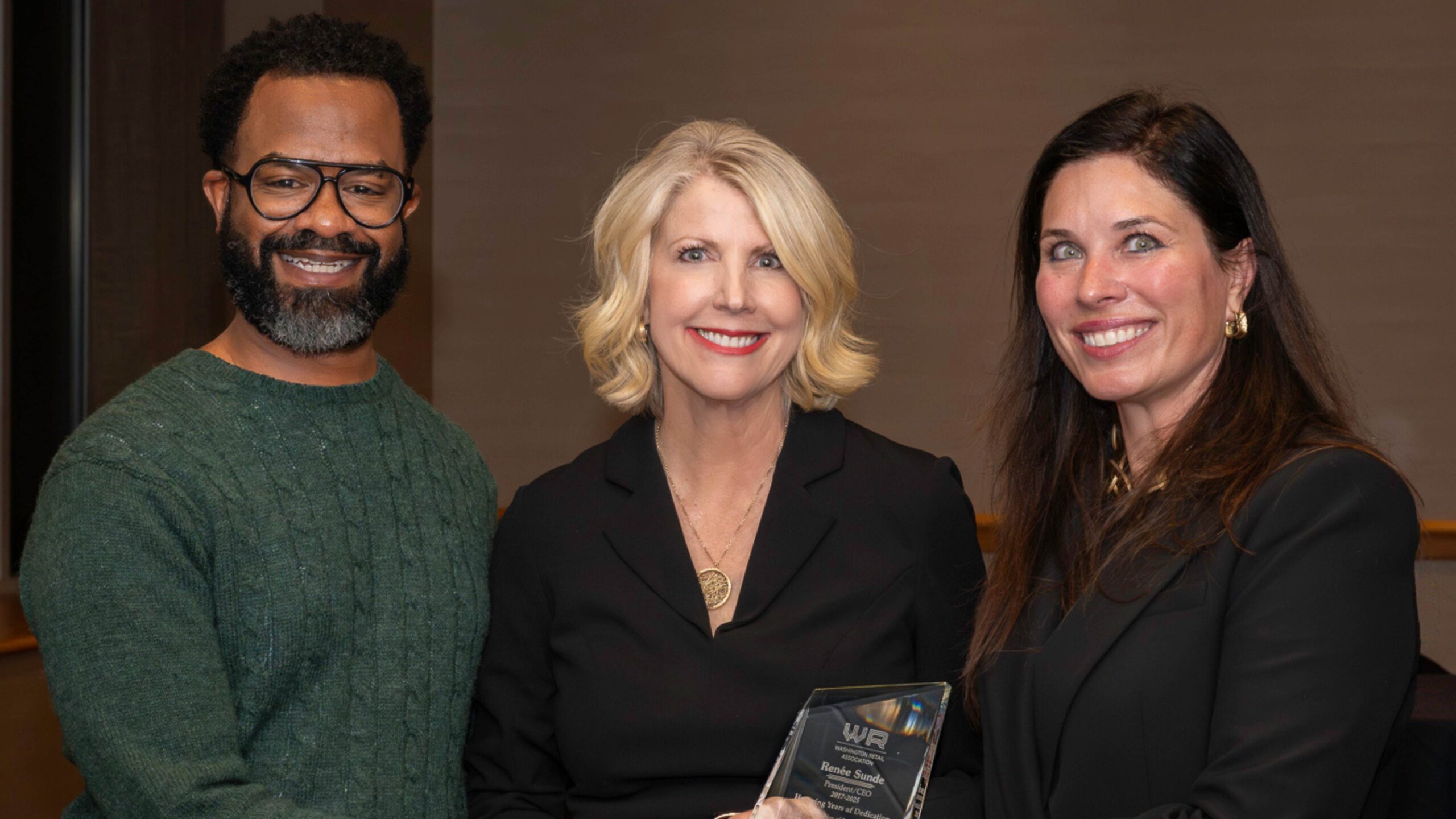
Federal Reserve chair Jerome Powell has been increasingly hinting at the possibility of a recession due to the central bank’s monetary tightening. The Fed staff now anticipates a “mild recession” later this year, followed by two years of recovery, according to the minutes of the last policy meeting. Policymakers projected that the unemployment rate will rise by a full percentage point by the end of the year, an event historically associated with a recession. Despite these concerns, the Fed raised interest rates at that meeting and is likely to do so again in early May.
The possibility of an “immaculate disinflation” has been a topic of debate among economic commentators and Fed officials. However, the combination of persistent inflation and troubles in the banking sector make it a more remote possibility. The official stance is that inflation is coming down too slowly, and backing off the tightening campaign could worsen the economic outlook.
Meanwhile, the National Retail Federation (NRF) reported that retail sales slowed in March, but spending remained higher than the same time last year. Easing inflation and the strength of the job market and wages should support consumer spending through 2023. Retailers are prioritizing product mix, competitive pricing, and convenience to help consumers stretch their budgets.
While March spending was slower, there is still a lot of spending in the economy. The NRF forecasts that 2023 retail sales will grow between 4% and 6% over 2022. Despite concerns about a recession, the White House press secretary, Karine Jean-Pierre, stated that recent economic indicators are not consistent with a recession or a pre-recession.

